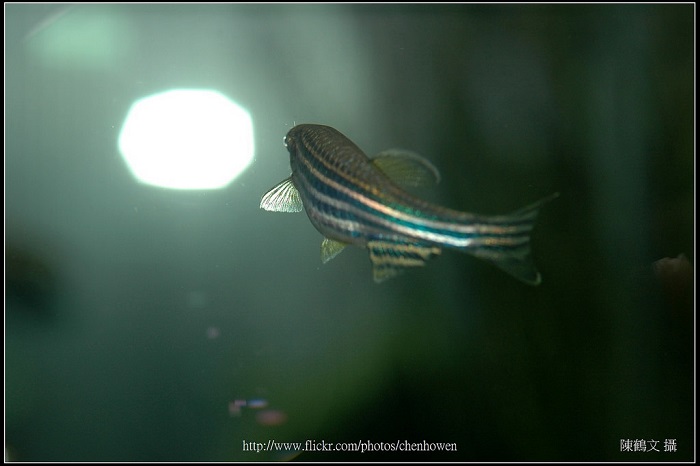A Wnt protein involved in the formation of the human ovary plays an important role in female zebrafish sex development.
Even though zebrafish are a well-studied research model, how these fish develop into males or females remains rather obscure—in part because the sex of lab strains is not determined by sex chromosomes. Research published in GENETICS reveals that one of the genes critical for proper development of mammalian ovaries seems to play a related role in zebrafish, providing insight into this major difference between fish and mammals.
In humans and other mammals, Wnt4 encodes a signaling molecule that antagonizes the male-promoting signal FGF9 and is crucial to the proper development of the ovaries. Though they lack an Fgf9 ortholog, zebrafish have two Wnt4-like genes—wnt4a and wnt4b—so Kossack et al. investigated whether these genes might play a role in zebrafish sexual development.
The authors first performed a phylogenetic analysis to better understand how the Wnt4-like genes have changed over evolutionary time. Zebrafish have two such genes, while mammals only have one, so two evolutionary scenarios are possible: either fish gained an extra copy of the gene, or mammals lost a copy that was originally present. The authors found that the latter scenario is more likely; both reptiles and birds have two such genes, making it more likely that mammals lost one of their copies. Further analysis revealed that wnt4a is likely the ortholog of mammalian Wnt4, whereas wnt4b was lost in mammals after they split from birds.
The authors next used RT-PCR to examine the expression patterns of the two genes. They detected wnt4a, but not wnt4b, in the ovaries of female zebrafish. In contrast, only wnt4b was detected in the testis of male fish. They also found that wnt4a was dynamically expressed in gonads during development in a non-sex-specific manner.
Fish mutant for wnt4a develop predominantly—though not exclusively—as males, which supports the idea that wnt4a is involved in either differentiation into a female or the maintenance of a female phenotype throughout development. Analysis of mutant embryos during development suggests that wnt4a likely promotes female development since most mutant embryos developed as males rather than “reverting” to males from an initially female phenotype.
Interestingly, wnt4a mutants were unable to produce progeny when mated to each other or to wild-type. Closer inspection revealed that wnt4a-mutant fish of both sexes had malformed reproductive tracts. Even though viable eggs and sperm could be obtained from their gonads, mutant fish were unable to release their gametes, preventing them from reproducing.
These findings suggest that Wnt4-like genes have been involved in female development of a diverse array of animals—including our fishy ancestors that swam the oceans some 450 millions year ago.
CITATION:
Female Sex Development and Reproductive Duct Formation Depend on Wnt4a in Zebrafish
Michelle E. Kossack, Samantha K. High, Rachel E. Hopton, Yi-lin Yan, John H. Postlethwait, Bruce W. Draper
GENETICS January 2019 211: 219-233; https://doi.org/10.1534/genetics.118.301620































